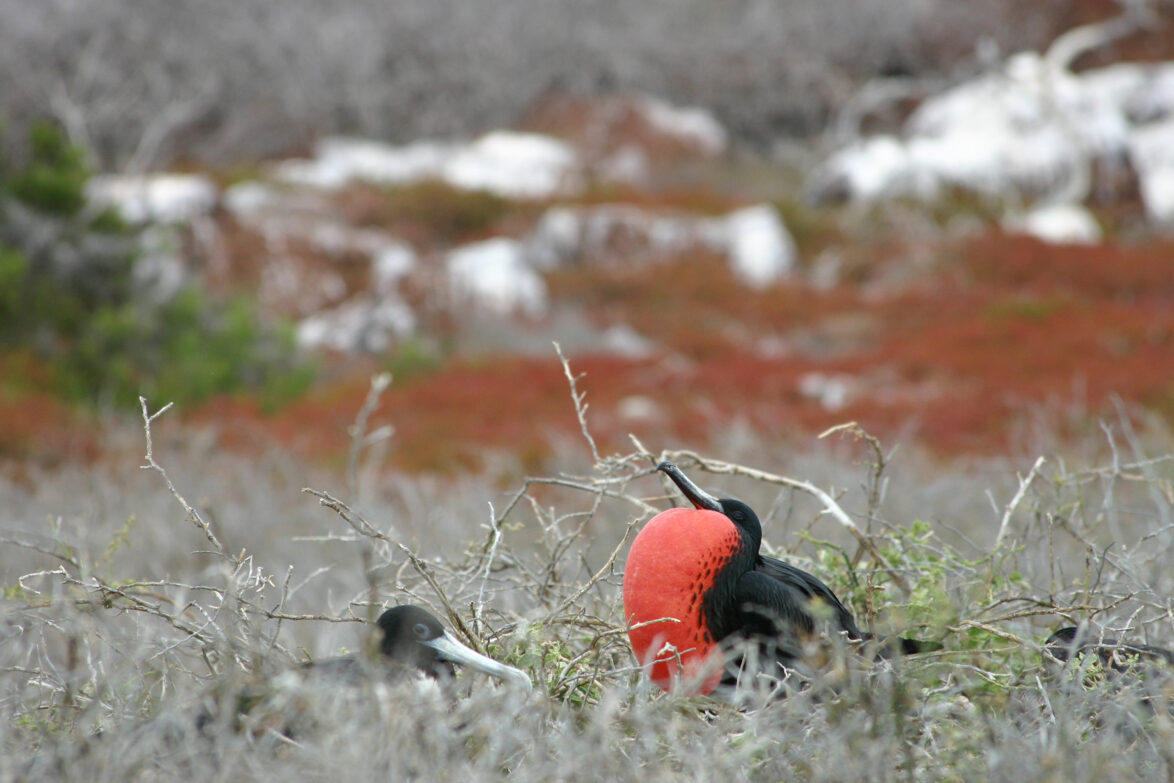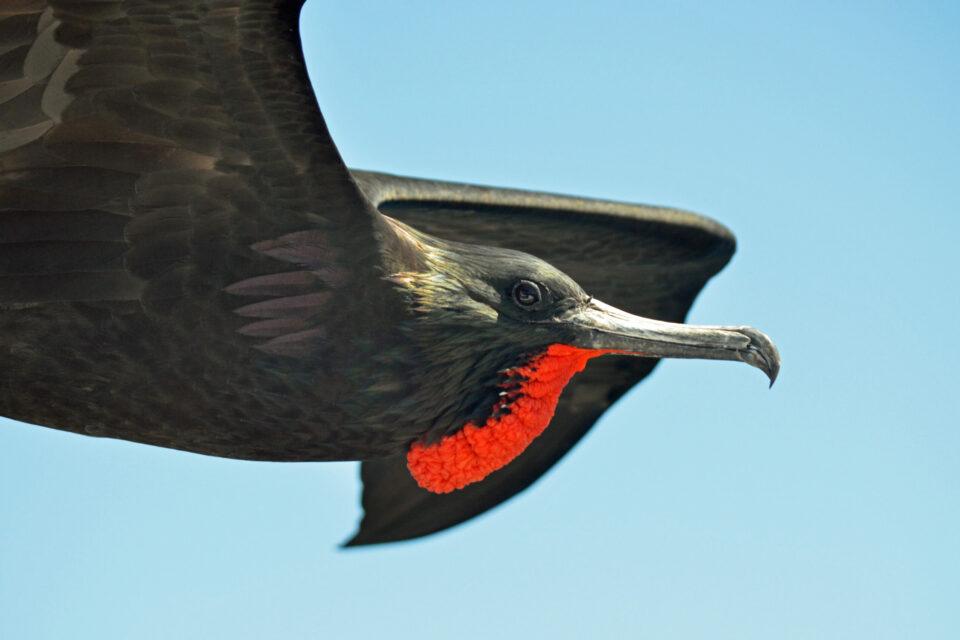
Island overview
North Seymour is named after the 18th-century British naval officer Lord Hugh Seymour, and is one of the few islands in Galapagos still referred to by its English name (unlike neighbouring South Seymour, which is now better known as Baltra).
The island is flat, formed by seismic uplift of a submarine lava formation, and is covered with low, bushy vegetation. There are tourist visitor sites on both North Seymour and the nearby islet of Mosquera, and it’s a particularly good spot for birdwatching. The island is home to the largest magnificent frigatebird colony in Galapagos, along with blue-footed boobies, swallow-tailed gulls, Nazca boobies and pelicans. Marine iguanas are also present, and the surrounding waters provide habitat for Galapagos sea lions, sharks, rays and turtles.
During the 1930s a team of scientists transferred around 70 Galapagos land iguanas from Baltra to North Seymour, helping to preserve the species, which had become extinct on Baltra by 1954. Land iguanas were reintroduced to Baltra in the 1990s, and more recently North Seymour was used as the source population for the reintroduction of land iguanas to Santiago island, a project supported by GCT. A healthy population remains on North Seymour, though the species is not native to the island.
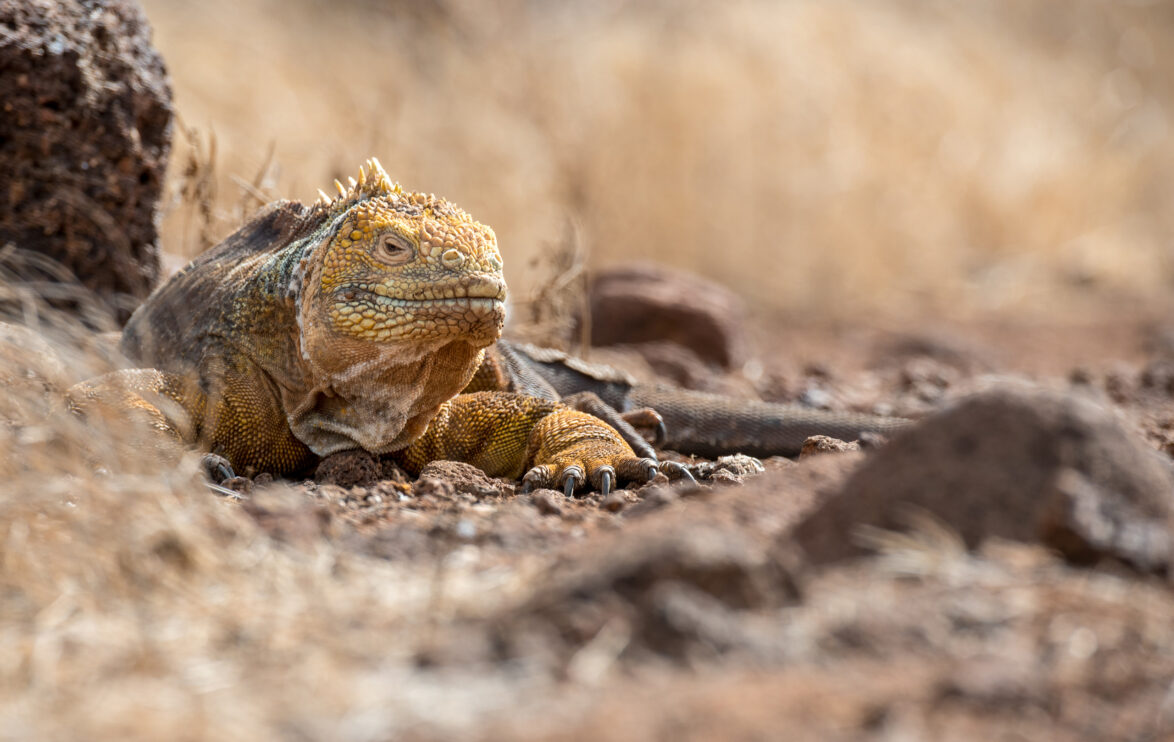
Wildlife highlights

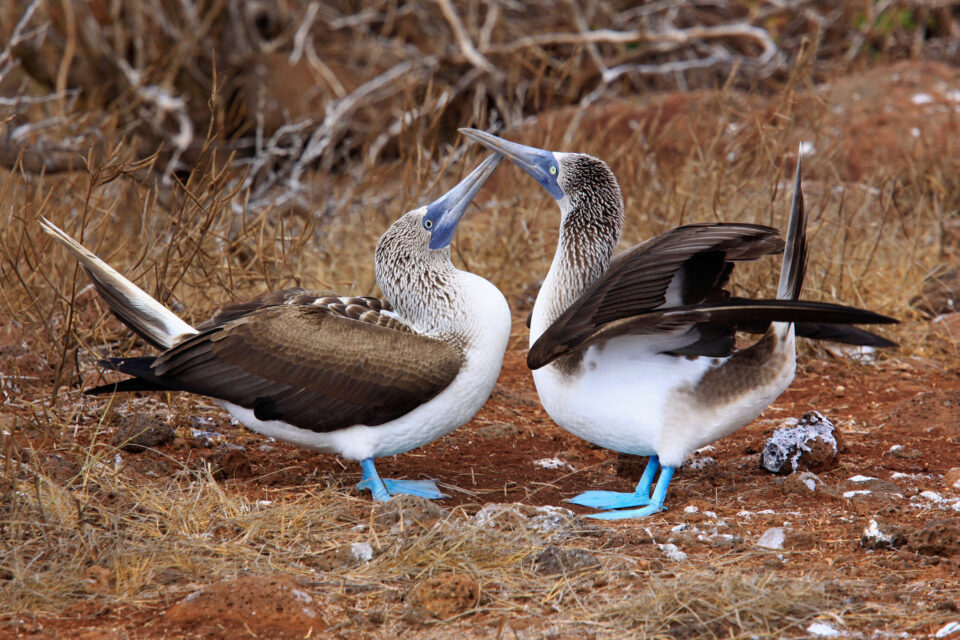
Blue-footed booby
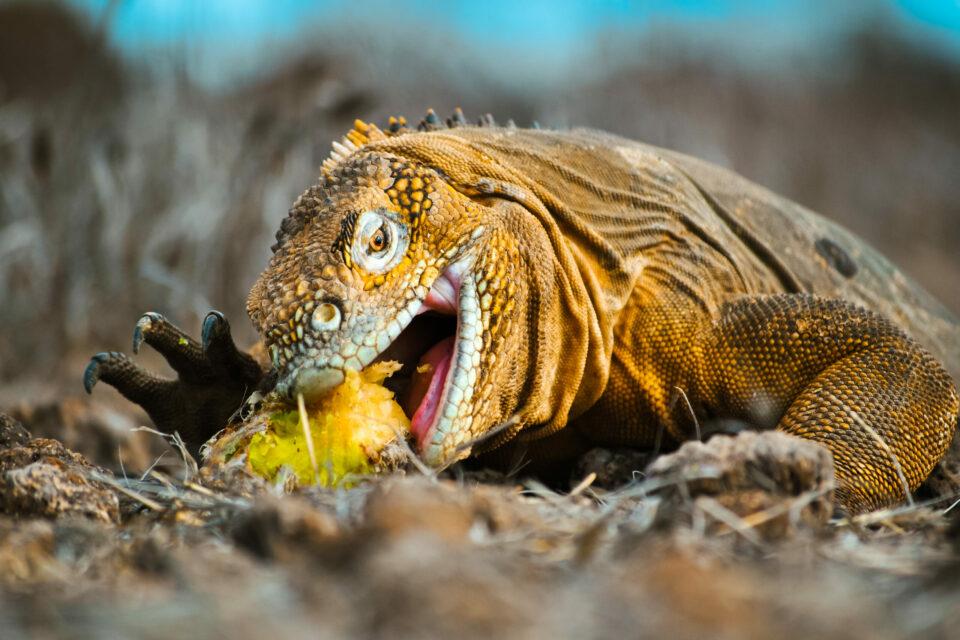
Galapagos land iguana

Galapagos sea lion
Conservation challenges
Ground-nesting birds are extremely vulnerable to the introduction of invasive mammals, and in 2018 the presence of black and brown rats was detected on North Seymour. The Galapagos National Park Directorate, together with Island Conservation, implemented an eradication programme in 2019 using drones to disperse the bait, the first project of its kind in the world. The use of drones is more precise and more cost-effective than using helicopters, and promises to make future eradications of invasive species on small and medium-sized islands (such as Floreana in Galapagos) quicker and less costly.
